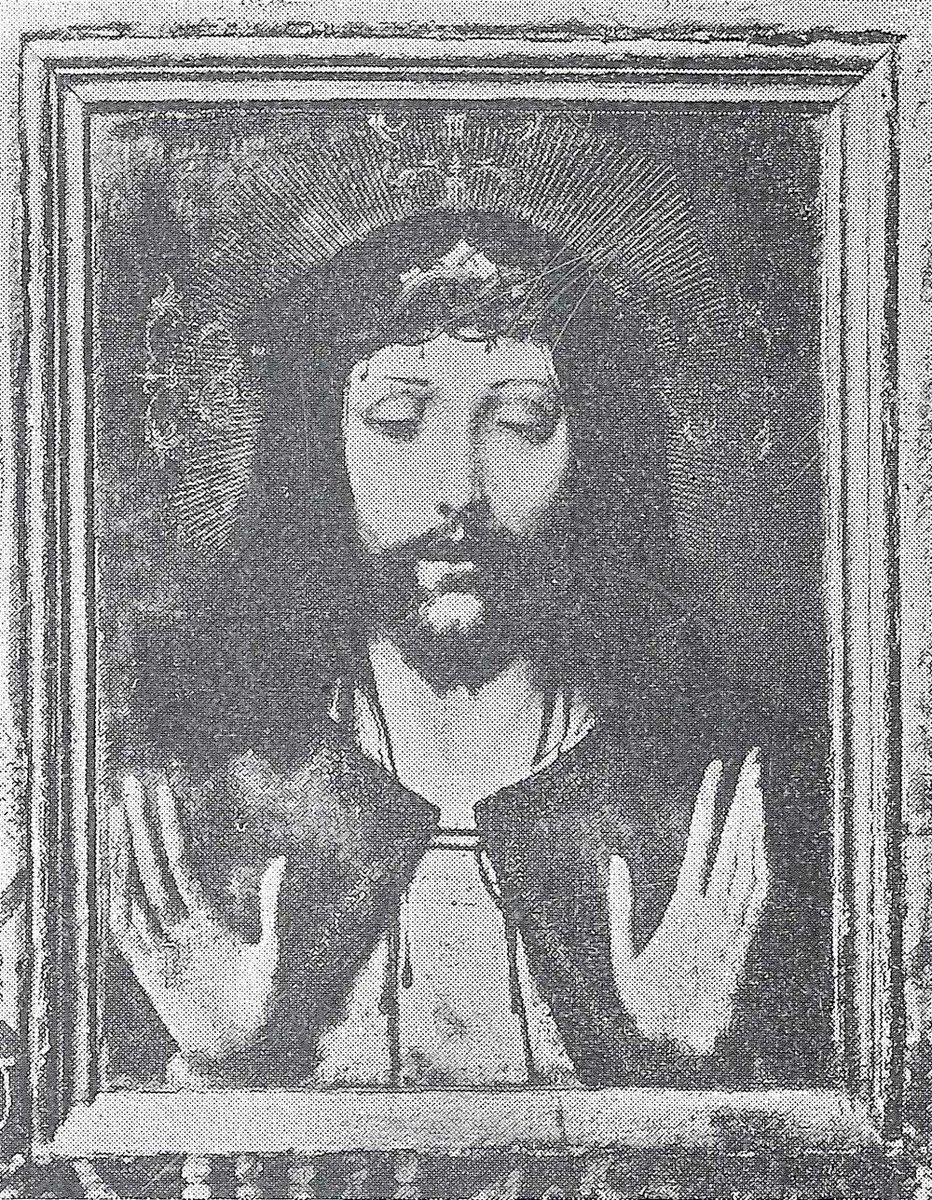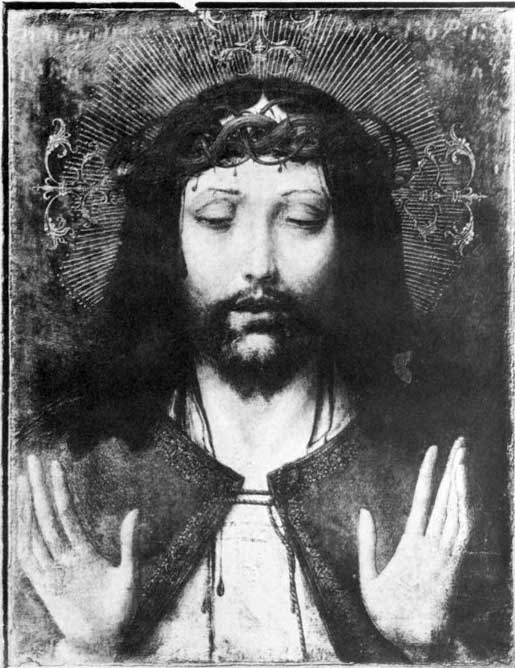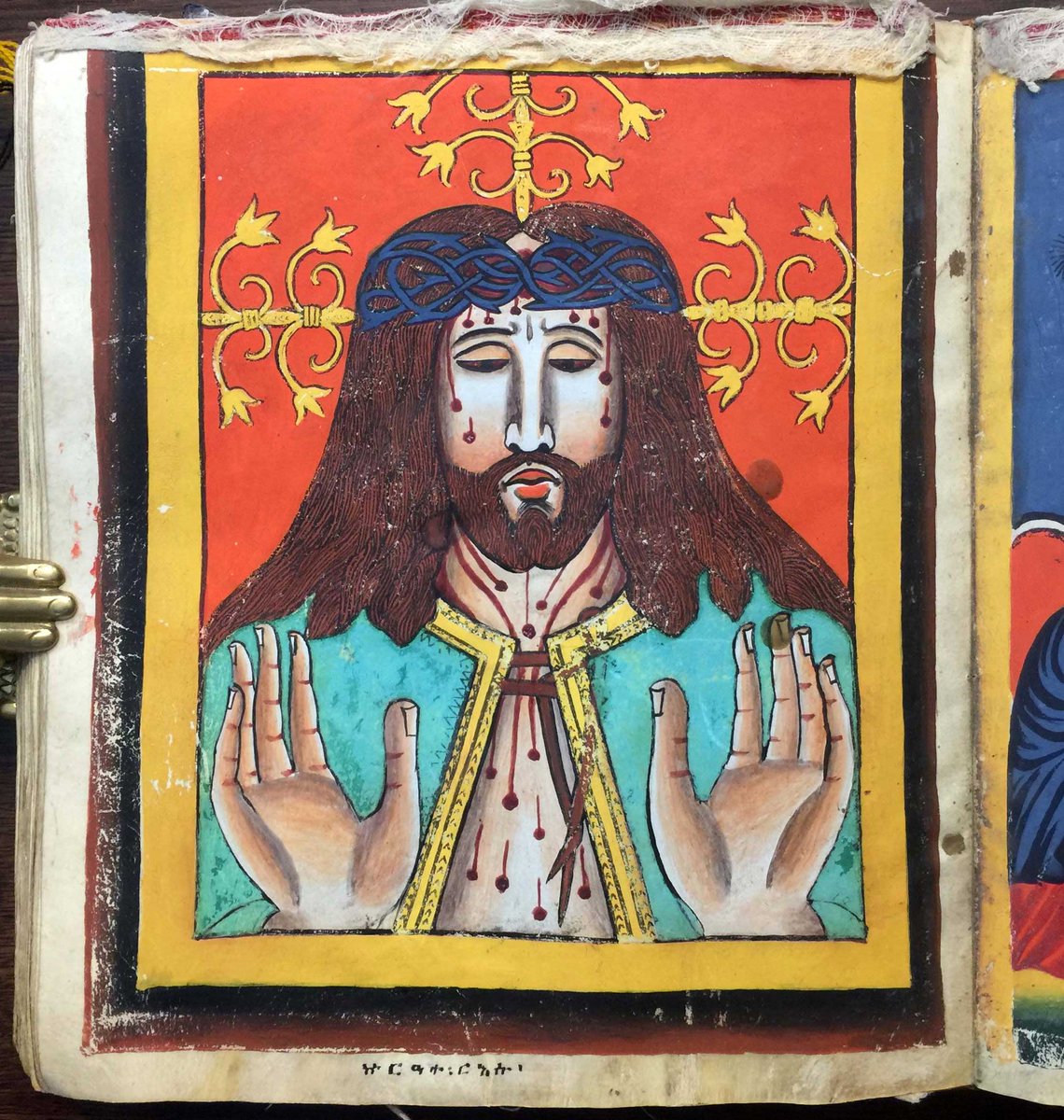
Possibly the finest copy of arguably the greatest work of scholarship in English: the first edition in book form of the Oxford English Dictionary 1888-1928, bound in luxurious full leather gilt as a gift by John Jakob Raskob (1879-1950), builder of the Empire State Building. 1/4 

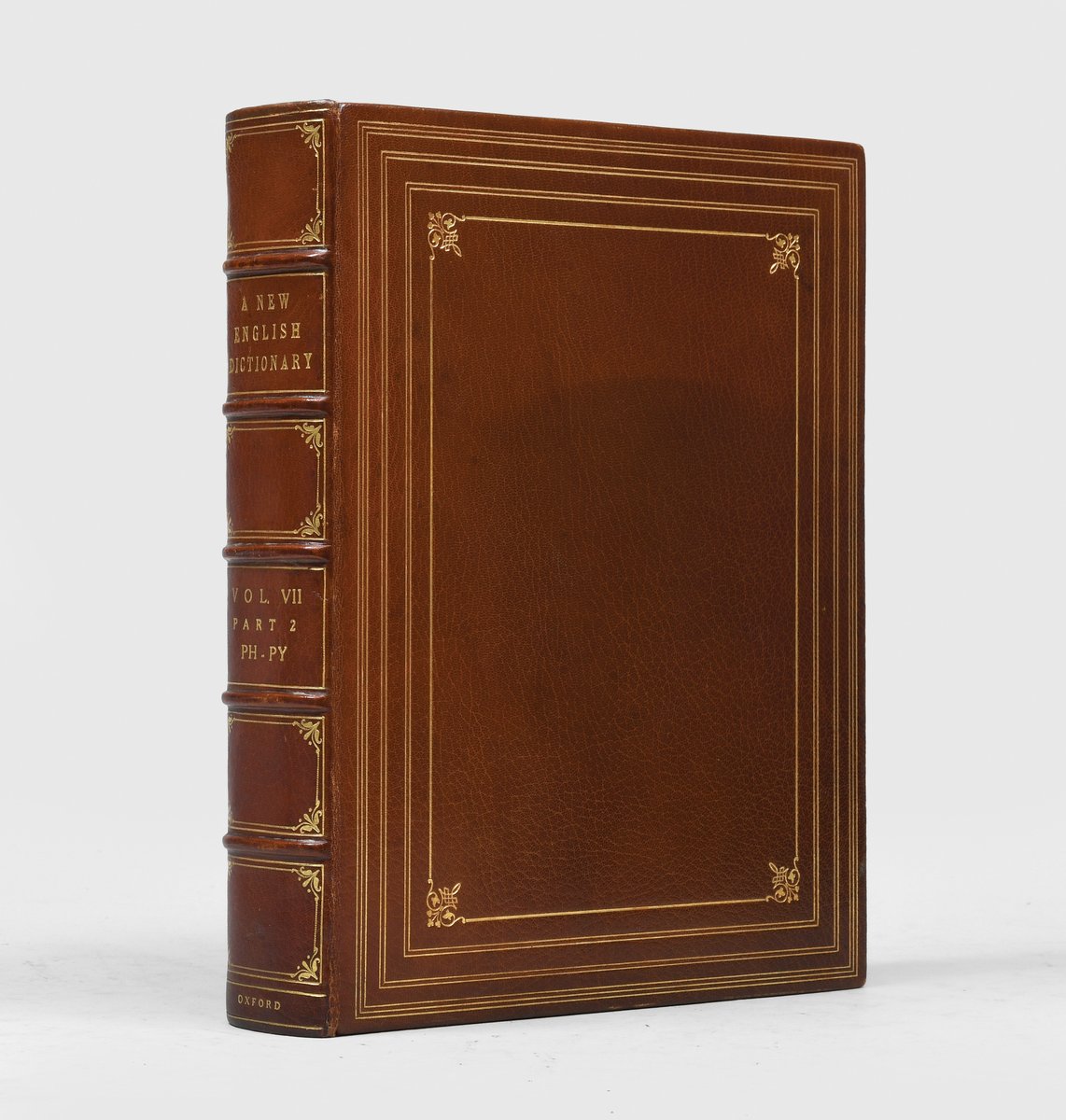

"A New English Dictionary on Historical Principles. Founded Mainly on the Materials Collected by The Philological Society. Edited by James A. H. Murray... with the assistance of many scholars and men of science." was printed in parts and then in book form between 1888 & 1928. 2/4 

This set was bound for presentation to the Brooklyn shipbuilder William Henry Todd (1864-1932), by the American businessman and philanthropist John Jakob Raskob (1879- 1950), builder of the Empire State Building, with a presentation note to the initial blank in each volume. 3/4 


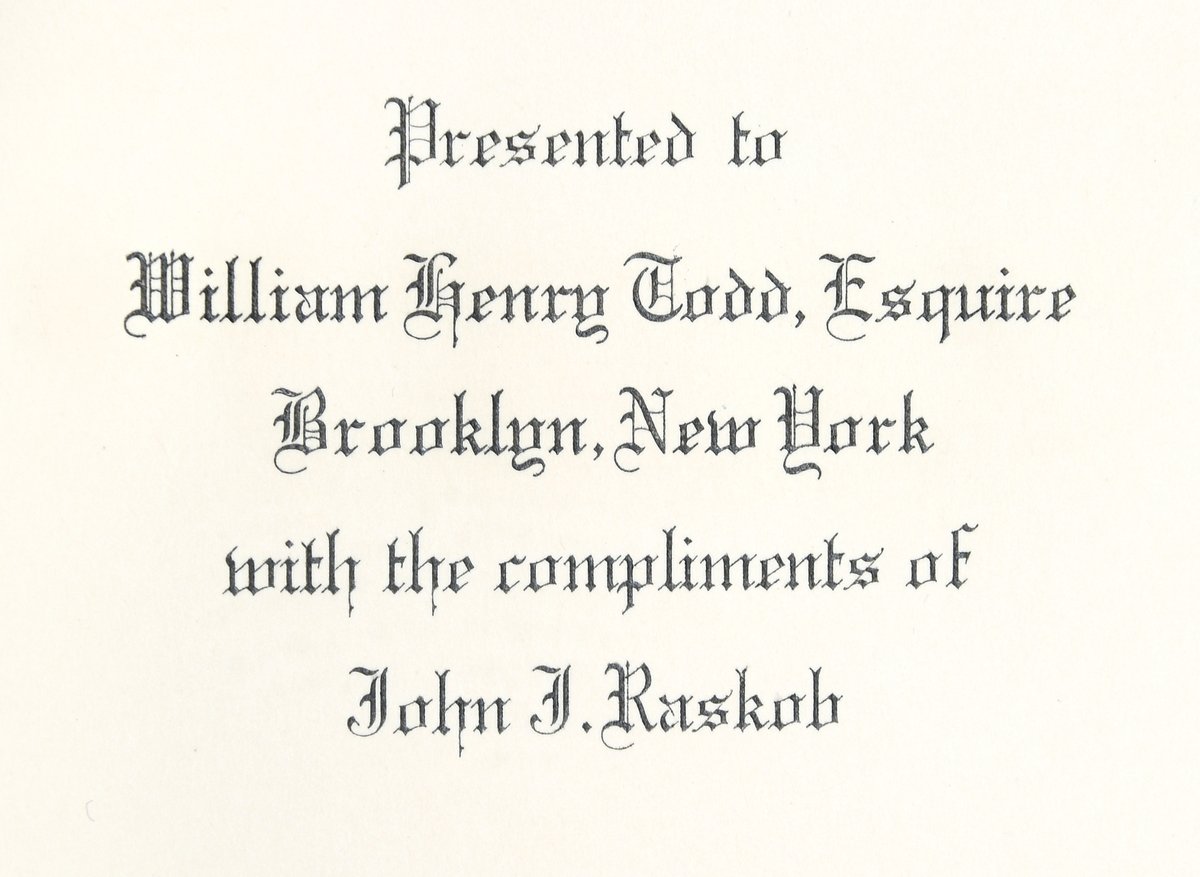
Bound circa 1930 as 10 volumes in 20, in full brown morocco, spines lettered in gilt, concentric gilt rule panelling to covers, gilt rule turn-ins, marbled endpapers, all edges gilt. 4/4 


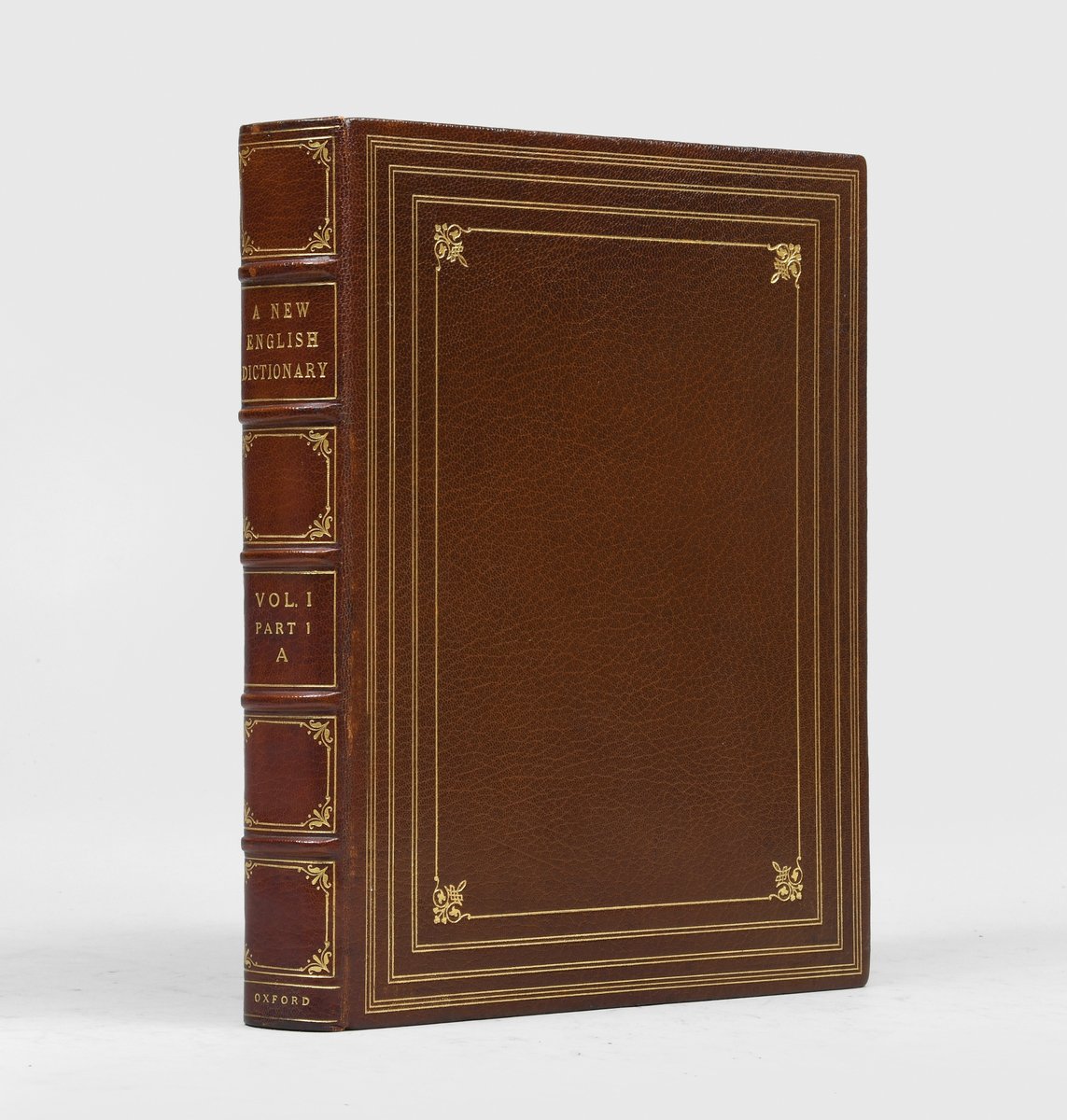


According to a report on The NY Times on Nov 15, 1930, this was one of 37 (!) similar sets ordered by John Raskob, all extravagantly bound in full morocco at a cost of $1500 per set, or $55000 in total, all intended as gifts by him to friends and associates.
HT @PeterMGilliver

HT @PeterMGilliver


Nice to hear about another Raskob OED set at Yale. There may well be others in institutional hands - if you have one in your library, please let us know in this thread - with details especially of to whom it was gifted. Raskob was immensely well-connected.
https://twitter.com/KerryAlys/status/1371545344446697472
The recipient and thus first owner of this set was William H. Todd (1864-1932) "the master shipbuilder of the Western hemisphere" and president of Todd Shipyards Corporation. Todd rose from rivet boy on the Brooklyn docks to owner of the largest shipyard company in America. 



John Jakob Raskob (1879 – 1950) was a senior executive for DuPont and General Motors, and the builder of the Empire State Building. He was chairman of the Democratic National Committee from 1928 to 1932 and a key supporter of Alfred E. Smith's candidacy for President of the USA. 



Eureka! The Hagley Museum & Library - @hagleymuseum, @Hagley_Library - seems to have a treasure trove of Raskob's papers relating to his purchase of these deluxe OED sets, and his correspondence with the friends and associates he gifted them to. 

I've already emailed the general inquiries address at the @hagleymuseum, but if any of their relevant curators or librarians are on Twitter personally - or if anyone else here is well connected with the Hagley - would love to hear from you - please DM me!
The brief description in @hagleymuseum's index of Raskob's papers seems to imply that he may have bought the sets ready-bound from the OUP (rather than having them independently bound elsewhere). This would make the deluxe full morocco a hitherto undocumented publisher's binding! 

• • •
Missing some Tweet in this thread? You can try to
force a refresh






